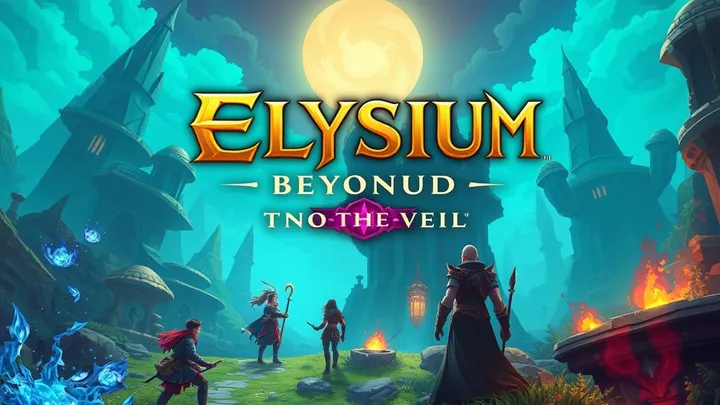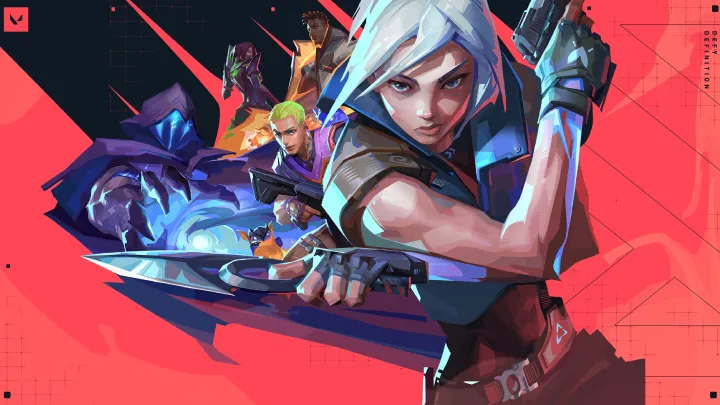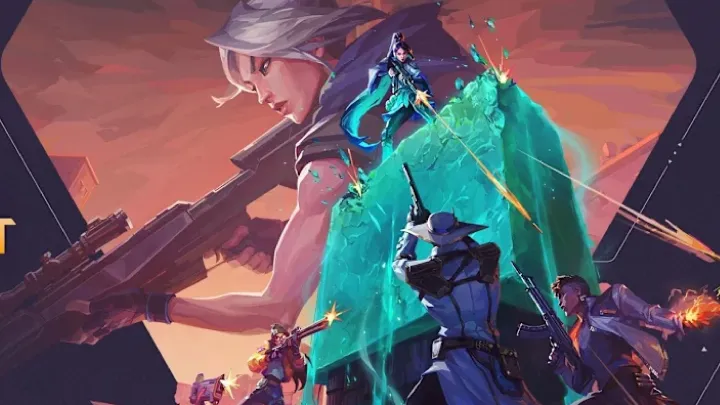Introduction
Battlefield 6 arrived with immense expectations. Fans were eager to see the return of large-scale battles, dynamic maps, and above all, the destruction mechanics that have long defined the series. When the game launched, it indeed delivered spectacular visuals and unparalleled environmental detail. However, one issue quickly became the subject of community debates: the balance between large-scale destruction and competitive fairness. This article explores that problem deeply, tracing how it evolves during the player journey, how it impacts gameplay design, and what solutions might exist.
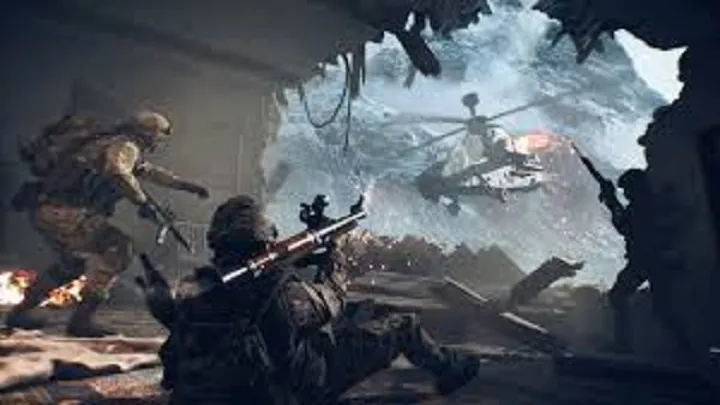
The First Hours of Awe
In the opening hours, Battlefield 6 feels like an absolute spectacle. New players marvel at skyscrapers collapsing, walls crumbling, and terrain changing mid-battle. This environmental dynamism is not just cosmetic; it changes how players navigate the battlefield.
The sense of awe during this stage is intentional. It builds excitement and encourages players to experiment with destruction tools. However, the balance issue remains hidden at this point, as most players are too focused on exploring.
Early Game Experimentation
After a few matches, players begin to test the limits of destruction. RPGs bring down buildings, tanks reshape terrain, and airstrikes level entire zones. This experimentation is exhilarating but also raises subtle questions: how much destruction is too much?
The early game is forgiving because matches are fresh and players are still adjusting. Yet, keen observers already notice that some classes gain disproportionate advantages when destruction is overused.
The Shift to Competitive Play
The balance issue becomes most apparent once players transition from casual experimentation to competitive play. Teams that understand how to manipulate destruction begin to dominate.
For example, destroying choke points early in a match can eliminate defensive strategies. Conversely, collapsing entire buildings onto objectives can unfairly wipe squads that had little chance to react. What once felt like creativity now begins to feel like imbalance.
The Role of Map Design
Map design is the backbone of Battlefield 6, and it interacts directly with destruction mechanics. Some maps are built to handle massive destruction with multiple pathways and fallback zones. Others become unplayable once key structures are destroyed.
This inconsistency makes balance difficult. Players may love one map but hate another purely because of how destruction interacts with objectives. It reveals that destruction is not a universal mechanic; it depends heavily on map context.
Community Reactions and Frustration
The Battlefield community is known for its passion, and the reaction to Battlefield 6’s destruction mechanics was mixed. Many players praised the spectacle and creativity, but competitive players voiced frustration.
Forums and Reddit threads filled with complaints about unfair wipes, unpredictable map flow, and an overreliance on explosive classes. This divide between casual fun and competitive balance became one of the game’s defining controversies.
Developer Responses and Patch Attempts
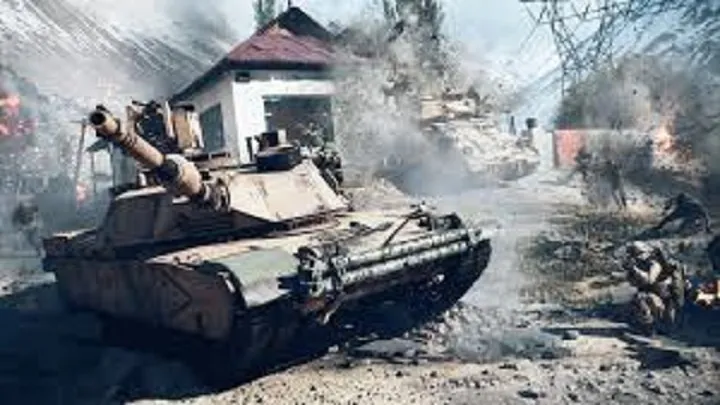
EA and DICE quickly recognized the community split and began rolling out patches. Some updates reduced the scale of destruction, while others rebalanced explosive weapon damage.
Yet each change sparked new debates. Limiting destruction upset players who loved the chaos, while competitive players argued the fixes were not enough. The developer team found themselves caught between two visions of the game: cinematic sandbox versus structured competitive shooter.
The Psychological Impact on Players
Beyond mechanical balance, destruction has a deep psychological impact. Casual players feel empowered when they can level a building and create cinematic moments. Competitive players, however, feel anxious when destruction creates unpredictable outcomes.
This tension highlights a core design dilemma: should a game prioritize emotional spectacle or competitive fairness? Battlefield 6’s identity depends on both, but the two often pull against each other.
Strategies Players Use to Adapt
Despite frustrations, players develop strategies to adapt to the imbalance.
Some strategies include:
- Avoiding objectives housed in destructible buildings.
- Using vehicles to create controlled destruction rather than chaotic damage.
- Coordinating with squads to rebuild or resecure destroyed zones.
- Choosing loadouts that maximize survival in unstable environments.
These adaptations show the resilience of the player base, but they also reveal how much effort is required to overcome systemic imbalance.
The Long-Term Impact on Battlefield 6’s Identity
As time passes, the destruction versus fairness dilemma shapes the identity of Battlefield 6. For some, it becomes the game’s charm — a chaotic sandbox unlike any other shooter. For others, it is a flaw that prevents the game from reaching true competitive potential.
Long-term players accept the game on its own terms. They learn to embrace the unpredictability, using it as a tool rather than a hindrance. Yet the debate never fully disappears, ensuring that Battlefield 6 will always be remembered as the Battlefield where destruction went too far, or not far enough.
Conclusion
The issue of destruction versus fairness in Battlefield 6 is not just a design challenge; it is a philosophical question about what the series should be. Should Battlefield aim to be an eSport-level competitive shooter, or should it remain a cinematic sandbox of chaos? The developers attempted to balance both, but the friction between these goals created the game’s most defining controversy.
Ultimately, Battlefield 6 is a reminder that innovation comes with risks. Its destruction mechanics create unforgettable moments, but they also divide the player base. The lesson is clear: spectacle must be balanced with structure, or else fairness becomes collateral damage in the war of innovation.










